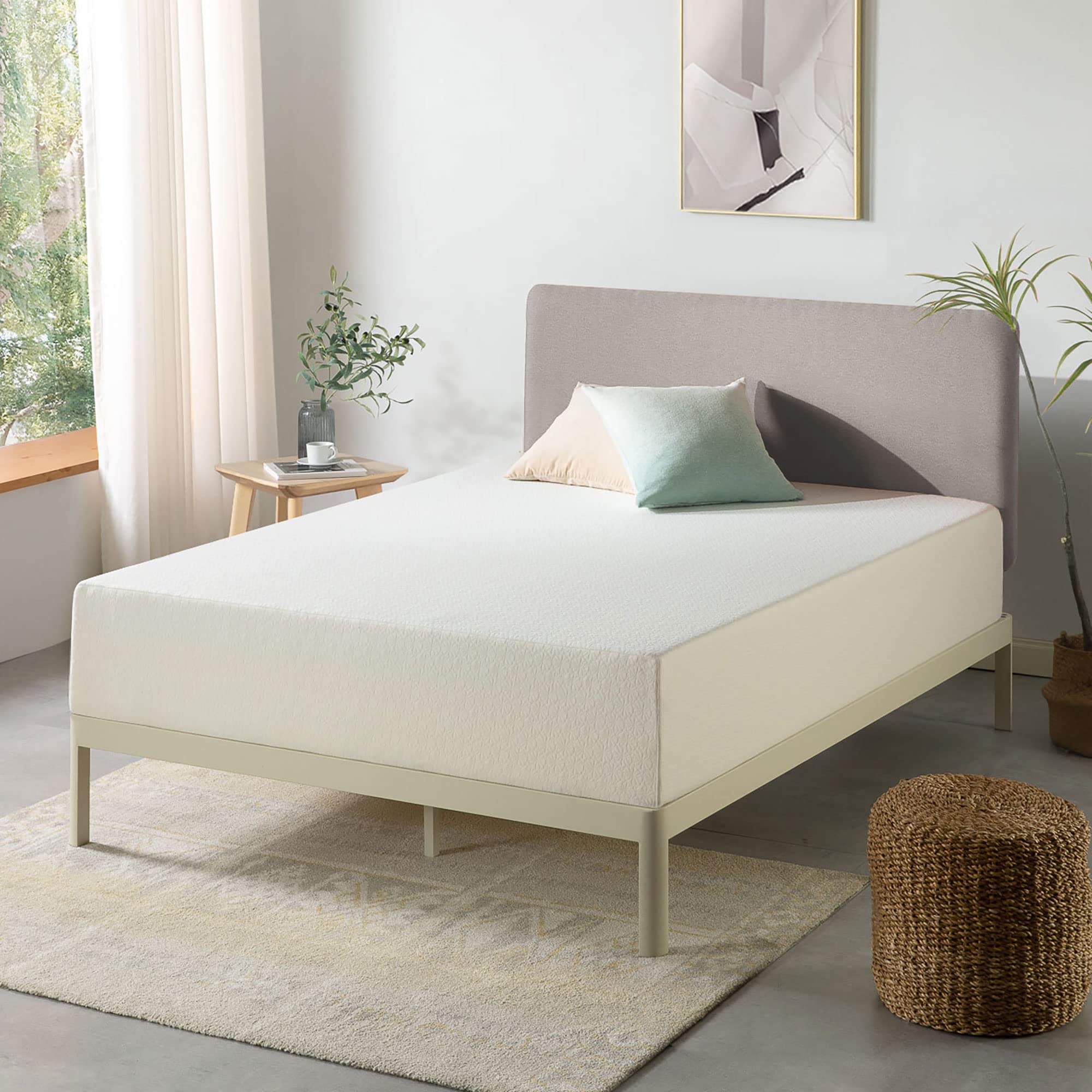Understanding the Importance of Prescription Glasses
Prescription glasses play a crucial role in enhancing vision and improving quality of life for those suffering from refractive errors. These eyewear devices are specifically designed to correct common vision problems such as nearsightedness, farsightedness, and astigmatism. By wearing prescription glasses, individuals can experience clear and focused vision, allowing them to perform daily tasks with ease and confidence.
However, it is important to note that wearing glasses with the wrong prescription or with a prescription that is too strong can be counterproductive. While prescription glasses are intended to correct vision, an incorrect prescription can actually worsen visual acuity and cause discomfort. It is therefore essential to consult with an optometrist who can accurately determine the appropriate prescription strength based on comprehensive eye examinations. Once the right prescription is determined, individuals can enjoy the benefits of properly fitting prescription glasses that enhance their visual clarity and overall eye health.
Different Types of Prescription Glasses and Their Uses
Prescription glasses come in various types to cater to different vision needs. Whether you require glasses for nearsightedness, farsightedness, or astigmatism, there is a specific type of prescription glasses that can address your unique visual impairment. One of the most common types is single vision glasses. These glasses have a single prescription power throughout the entire lens and are typically used to correct nearsightedness or farsightedness. They are designed to provide clear vision at a specific distance, allowing wearers to see objects that are far away or up close with improved clarity.
Another type of prescription glasses is bifocals. Bifocals contain two prescription powers in one lens, typically divided into two distinct segments. The upper portion is used for distance vision, while the lower portion is specifically designed for near vision. This bifocal design allows individuals with both near and far vision problems to use a single pair of glasses for various tasks, eliminating the need to switch between multiple pairs.
The production process of prescription glasses involves precise measurements and careful analysis of an individual’s vision needs. Optometrists or ophthalmologists determine the patient’s prescription by conducting vision tests, assessing their visual acuity, and analyzing any refractive errors. This information is then used to create lenses that correct vision by bending light in a way that compensates for the specific eye condition.
The lenses are made using specialized equipment that grinds them to the required shape and fills them with the prescribed corrective power. Frames are chosen based on the individual’s preferences and face shape, ensuring the glasses fit comfortably and securely. The end result is a pair of prescription glasses tailored to meet the wearer’s precise vision requirements, enabling them to see the world with clarity and ease.
The Science Behind How Prescription Glasses Correct Vision
Prescription glasses work by compensating for refractive errors in the eye, allowing light to be focused properly onto the retina. Refractive errors occur when the shape of the eye prevents light from bending correctly, resulting in blurry vision. When a person receives a new prescription for glasses, it means that their vision has been assessed and the specific lenses needed to correct their refractive error have been determined. These lenses are customized based on the individual’s prescription, which includes measurements of their nearsightedness, farsightedness, astigmatism, and any other visual impairments they may have.
The key to the effectiveness of prescription glasses lies in the precision of their lenses. Each lens is carefully crafted to modify the path of incoming light so that it focuses correctly on the retina. Depending on the type and degree of refractive error present, the lens may be convex (curving outward) or concave (curving inward), or it may have a combination of both.
This curvature helps to alter the direction of light, bringing it into proper focus on the retina and eliminating any blurriness. With the right prescription glasses, individuals can experience significant improvement in visual clarity, allowing them to navigate the world with ease and comfort.
Factors to Consider When Choosing Prescription Glasses
When it comes to choosing prescription glasses, there are several factors to consider to ensure that you find the perfect pair that suits your needs. The first factor to keep in mind is your specific vision requirements. Do you need glasses for nearsightedness, farsightedness, or both? Understanding your prescription and discussing it with your optometrist will help you select the right lenses for your condition.
Additionally, consider the activities you engage in daily. If you spend a significant amount of time reading, opt for reading glasses that offer the necessary lens strength to enhance your reading experience. On the other hand, if you enjoy listening to podcasts while on the go, consider lightweight frames that offer comfort and durability.
Price is another important factor to consider when choosing prescription glasses. While it’s tempting to opt for cheaper options, remember that investing in quality eyewear can make a significant difference in your vision, comfort, and overall satisfaction.
Determine your budget beforehand and explore the different options available within that range. It’s worth noting that some insurance plans may cover the cost of glasses partially or in full, so be sure to check with your provider to maximize your benefits. With the right combination of vision requirements, lifestyle considerations, and budget, you can find prescription glasses that are both functional and stylish, allowing you to see the world with clarity and confidence.
Tips for Properly Fitting and Adjusting Prescription Glasses
Ensuring that your prescription glasses are properly fitted and adjusted is essential for both comfort and optimal vision correction. Here are some useful tips to follow when it comes to fitting and adjusting your glasses.
Firstly, make sure that the frames are the correct size and shape for your face. Ill-fitting frames can lead to discomfort and even headaches, so it’s important to find a style that suits you well. Additionally, consider the weight of the frames, especially if you’ll be wearing them for long periods of time. Lighter materials, such as titanium or plastic, can be more comfortable for extended use.
When adjusting your glasses, it’s crucial to ensure a proper alignment. The frames should sit straight on your face, with the lenses positioned directly in front of your eyes. If your glasses slip down constantly, try adjusting the nose pads or adjusting the temples for a better fit.
It can also be helpful to have a professional optician adjust your glasses for you, especially if you have specific concerns such as glasses for epilepsy. Remember that wearing properly fitted and adjusted prescription glasses not only improves your vision but also enhances your overall comfort throughout the day.
Common Eye Conditions That May Require Prescription Glasses
One of the most common eye conditions that may require prescription glasses is nearsightedness, also known as myopia. People with nearsightedness have difficulty seeing objects in the distance, but have no trouble with close-up vision. Prescription glasses for nearsighted individuals are designed to correct the refractive error in the eye, allowing them to see distant objects clearly. These glasses are available in various styles and designs to suit every face shape, ensuring both comfort and fashion.
Another common eye condition that may require prescription glasses is farsightedness, also known as hyperopia. Individuals with farsightedness struggle with close-up vision, while distant objects are clearer. Prescription glasses for farsighted individuals help to adjust the eye’s focus, enabling them to see nearby objects more clearly. Like glasses for nearsightedness, these prescription glasses cater to every face shape, ensuring a proper fit and fashionable appearance.
Taking Care of Your Prescription Glasses for Longevity and Optimal Functioning
Proper care and maintenance of your prescription glasses is crucial to ensure their longevity and optimal functioning. By following a few simple steps, you can keep your glasses in top shape and enjoy clear vision for years to come. Firstly, it’s important to clean your glasses regularly using a mild soap or lens cleaning solution.
Avoid using harsh chemicals or abrasive materials that can damage the lenses or coatings. Gently rinse the glasses under lukewarm water and use a soft, lint-free cloth to dry them. Additionally, be sure to store your glasses in a protective case when they are not in use to prevent scratches or breakage. Remember, choosing the right glasses for your face shape is equally important.
The Role of Regular Eye Exams in Maintaining Eye Health
Regular eye exams play a crucial role in maintaining overall eye health. These exams not only assess vision quality but also detect any potential eye disorders or conditions at an early stage. By regularly seeing an optometrist or ophthalmologist, individuals can ensure that their eye prescription is up to date and that any changes in their eye health can be identified and treated promptly. Additionally, these exams also provide an opportunity for individuals to discuss any concerns or questions they may have about their vision or eye health.
One important aspect of regular eye exams is the use of glasses prescription simulators. These simulators allow optometrists to accurately determine the correct prescription for eyeglasses or contact lenses. By testing different lens strengths and combinations, the optometrist can fine-tune the prescription to best address any vision issues. The use of glasses prescription simulators ensures that individuals receive the most accurate and appropriate prescription for their specific needs, helping to optimize their vision and overall eye health.
Lifestyle Changes to Promote Optimal Eye Health
Lifestyle changes play a vital role in promoting optimal eye health. By adopting healthy habits, you can reduce the risk of developing eye conditions and maintain good vision. One essential lifestyle change is to maintain a balanced diet rich in vitamins and minerals that support eye health. Including foods like leafy green vegetables, fish, nuts, and citrus fruits can provide essential nutrients like vitamin C, vitamin E, omega-3 fatty acids, and zinc to keep your eyes healthy. These nutrients help protect the eyes from damage caused by free radicals and reduce the risk of age-related macular degeneration and cataracts.
Another important lifestyle change is to protect your eyes from harmful ultraviolet (UV) radiation. When spending time outdoors, especially during sunny days, it is crucial to wear sunglasses that block 100% of both UVA and UVB rays. Prolonged exposure to UV radiation can increase the risk of developing eye conditions such as cataracts, macular degeneration, and even cancerous growths on the surface of the eye. Investing in a good pair of sunglasses with UV protection not only shields your eyes from harmful rays but also reduces glare, allowing for comfortable and safer vision in bright conditions.
Exploring Alternative Options to Prescription Glasses for Vision Correction
Exploring alternative options to prescription glasses for vision correction has become increasingly popular in recent years. Many individuals are seeking alternative methods to improve their vision without relying on traditional glasses or contact lenses. One such option is laser eye surgery, also known as LASIK (Laser-Assisted in Situ Keratomileusis). This procedure involves reshaping the cornea using a laser to correct refractive errors such as nearsightedness, farsightedness, and astigmatism. LASIK has shown to be highly effective in improving vision and reducing the need for glasses or contacts.
Another alternative option is the use of orthokeratology, or Ortho-K, which involves wearing specially-designed contact lenses overnight to reshape the cornea temporarily.
This technique aims to correct refractive errors and provide clear vision during the day without the need for glasses or contacts. Ortho-K is particularly popular among individuals who are active in sports or have occupations where glasses or contacts may be inconvenient.
However, it is important to note that Ortho-K is a case-by-case treatment and may not be suitable for everyone. Consulting with an eye care professional is crucial to determine the best alternative option for vision correction based on individual needs and eye health.
• LASIK (Laser-Assisted in Situ Keratomileusis) is a popular alternative option to prescription glasses for vision correction.
• LASIK involves reshaping the cornea using a laser to correct refractive errors such as nearsightedness, farsightedness, and astigmatism.
• LASIK has shown to be highly effective in improving vision and reducing the need for glasses or contacts.
• Orthokeratology, or Ortho-K, is another alternative option for vision correction.
• Ortho-K involves wearing specially-designed contact lenses overnight to reshape the cornea temporarily.
• This technique aims to provide clear vision during the day without the need for glasses or contacts.
• Ortho-K is particularly popular among individuals who are active in sports or have occupations where glasses or contacts may be inconvenient.
• It is important to note that Ortho-K is a case-by-case treatment and may not be suitable for everyone.
• Consulting with an eye care professional is crucial to determine the best alternative option for vision correction based on individual needs and eye health.
What are prescription glasses?
Prescription glasses are eyewear that is specifically tailored to an individual’s vision needs. They contain lenses that have been prescribed by an eye care professional to correct refractive errors such as nearsightedness, farsightedness, and astigmatism.
Why are prescription glasses important for vision correction?
Prescription glasses are important for vision correction because they help to compensate for any refractive errors in the eyes. They enhance the clarity and sharpness of vision, making it easier for individuals to see clearly and comfortably.
What are the different types of prescription glasses available?
There are several types of prescription glasses available, including single vision glasses for nearsightedness or farsightedness, bifocals for both near and distance vision, trifocals for near, intermediate, and distance vision, and progressive lenses that provide a gradual transition between different vision distances.
How do prescription glasses correct vision?
Prescription glasses correct vision by refracting light in a way that compensates for any refractive errors in the eyes. The lenses in the glasses alter the path of light entering the eye, focusing it correctly onto the retina and providing clear vision.
What factors should be considered when choosing prescription glasses?
When choosing prescription glasses, factors such as the prescription strength, lens material, frame style, and personal preferences should be taken into consideration. It is important to consult with an eye care professional who can guide you in selecting the most suitable options for your needs.
How can I ensure that my prescription glasses fit properly?
To ensure that your prescription glasses fit properly, it is important to have them adjusted by an optician. They can make necessary modifications to the frame, nose pads, and temple arms to achieve a comfortable fit that sits correctly on your face.
Are there alternative options to prescription glasses for vision correction?
Yes, there are alternative options to prescription glasses for vision correction. Some alternatives include contact lenses, laser eye surgery (LASIK), and orthokeratology (corneal reshaping) lenses. These options should be discussed with an eye care professional to determine suitability based on individual circumstances.
How often should I have my eyes examined?
It is recommended to have regular eye exams every one to two years, or as advised by an eye care professional. Eye exams are important for detecting any changes in vision, monitoring eye health, and updating prescriptions for glasses or other vision correction methods.
What lifestyle changes can I make to promote optimal eye health?
To promote optimal eye health, it is important to maintain a balanced diet rich in nutrients beneficial for eye health, protect your eyes from harmful UV radiation by wearing sunglasses, practice good hygiene and avoid rubbing your eyes excessively, take regular breaks when using digital devices, and avoid smoking, which can contribute to eye problems.
How do I take care of my prescription glasses for longevity and optimal functioning?
To take care of your prescription glasses, it is recommended to clean them regularly using a gentle lens cleaner and a microfiber cloth, store them in a protective case when not in use to prevent scratches, avoid leaving them in extreme temperatures or exposing them to chemicals, and have them inspected and adjusted by an optician as needed.



